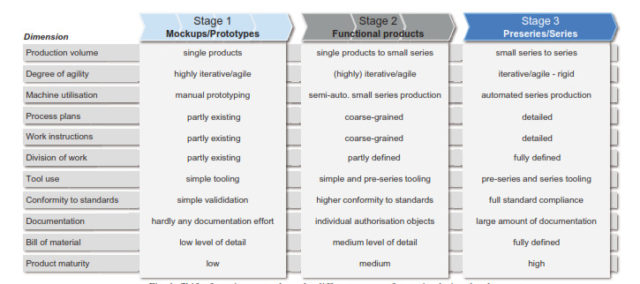Agility through Adaptive Engineering
To begin with, APQC indicates that Organizational agility is defined as the ability to identify opportunities and risk quickly and execute on the opportunities and risks that align with theorganization’s overall strategy. The pandemic has been a wake-up call that organizations need to ensure their organization for the next black swan event and bolster the flexibility of their decision-making practices and responsiveness to the implementation of new initiatives.
Precisely, Agility is comprised of two key elements, which are strategic responsiveness and organizational flexibility. Subsequently, it has key indicators of networks, collaboration, autonomous teams, and risk tolerance. In term of agility, it has wider perspective of product development engineering, through an adaptive engineering change management.
Schuh et al, have explored this adaptive engineering change management vis-à-vis wider perspectives, in stage 1, 2 and 3, as the following:

Agile development processes have currently and regularly been identified as key to the development of novel physical products. In the case of physical products, agile development in the form of highly iterative prototyping is subsequently employed for assuring a stable ramp up phase, through its goal of The so called, an adaptive engineering change management (ECM) for rapid engineering changes which are identified as central enablers for the agile product development of physical products.
A broad study of closely related literature improved the understanding and helped in the generation of a framework for an adaptive ECM. The ECM is continuously adapted along the different stages of maturity of the agile product development to cope with this shift of requirements.

Comments :